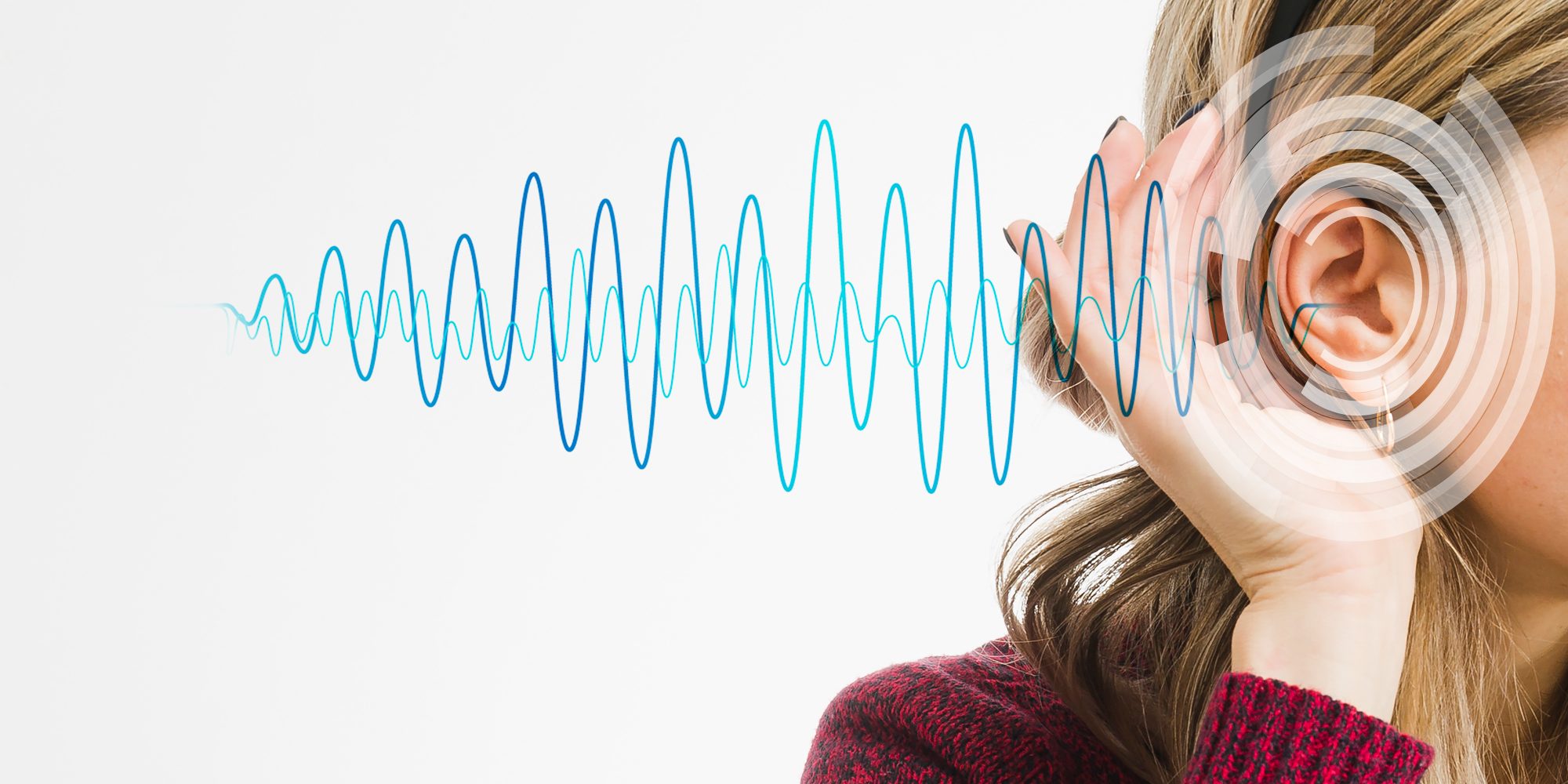Hearing plays a vital role in communication, understanding, and even safety. The ability to perceive sound is essential for human development and simplifies everyday life. Unfortunately, not everyone enjoys the same level of hearing ability. With numerous types of hearing loss, many individuals face challenges in this area. The recommended diagnostic tool for evaluating hearing capacity is the audiogram.
What Is an audiogram?
An audiogram is a diagnostic test that measures an individual’s ability to hear sounds of different intensities and frequencies. It identifies the minimum sound level required for perception at various frequencies, allowing for the diagnosis of potential hearing loss and its severity. This non-invasive, painless procedure is performed by an otolaryngologist and requires no prior preparation. It is typically part of a comprehensive hearing evaluation.
Why is an audiogram performed?
An audiogram is often conducted when hearing loss is suspected, such as difficulty understanding conversations in noisy environments. Family members might also notice that the individual frequently asks for repetitions or exhibits a lack of focus, prompting a visit to a specialist. Additionally, children with delayed speech development or hearing difficulties observed in school may require detailed hearing assessments.
The audiogram aids in diagnosing various types of hearing loss, including conductive, sensorineural, and mixed hearing loss. It also helps identify conditions such as presbycusis (age-related hearing loss), otosclerosis, otitis media with effusion, sudden hearing loss, acoustic trauma, Meniere’s disease, acoustic neuroma, and eardrum perforation.
How is the audiogram conducted?
The test takes place in a quiet room or soundproof booth. The patient wears special headphones and is instructed to remain still and silent during the procedure. The headphones are connected to an audiometer that emits sounds of varying frequencies and intensities to both ears. The patient presses a button whenever they hear a sound, even if it is faint. The audiologist records the minimum intensity detected at each frequency.
Additionally, a bone conduction test may be performed. In this test, a bone vibrator is placed behind the ear, directly stimulating the cochlea to evaluate the auditory nerve. The results are charted on the audiogram, displaying the hearing sensitivity of each ear.
From what age can an audiogram be performed?
An audiogram can be conducted on children aged 4-5 years and older, as long as they can cooperate. Beyond this age, the test is suitable at any stage of life.
What does the audiogram reveal?
For the brain to interpret sound stimuli, acoustic signals must reach the inner ear, stimulate sensory cells, and then be processed by the brain. Two key aspects of sound—intensity (measured in decibels, dB) and frequency (measured in Hertz, Hz)—are critical. The audiogram focuses on frequencies between 250 and 8,000 Hz, which are essential for speech comprehension. It maps the hearing sensitivity of each ear, with results displayed in a color-coded chart: blue for the left ear and red for the right.
Why is evaluation from an expert crucial?
Although audiograms can be performed in diagnostic centers, they are best conducted by an experienced otolaryngologist, especially for children. This ensures immediate result interpretation and recommendations for further testing if necessary. Accurate diagnosis of the cause and type of hearing loss allows for tailored treatment strategies to restore hearing to its optimal level.
Dr. Olga Papadopoulou, an ENT Surgeon in Athens, performs audiograms to identify the underlying cause of hearing loss and recommends appropriate treatment plans, helping patients regain their quality of life.


